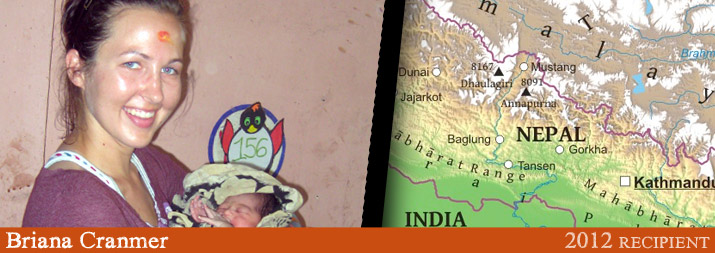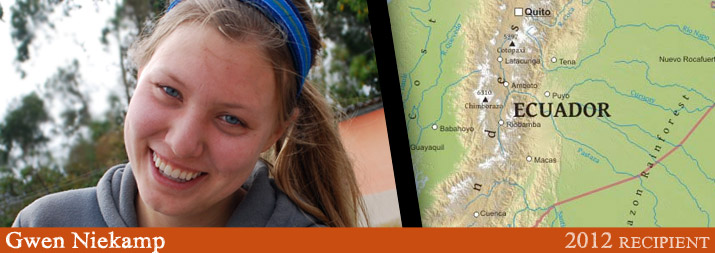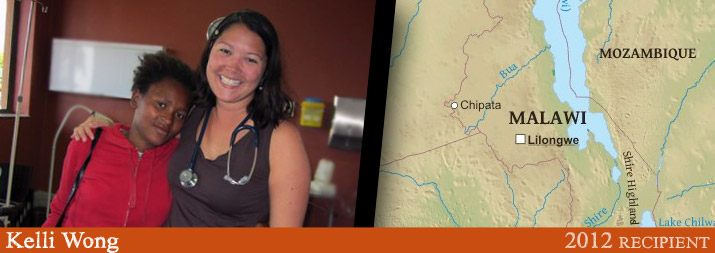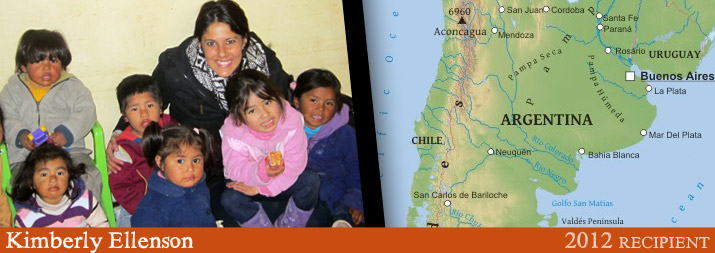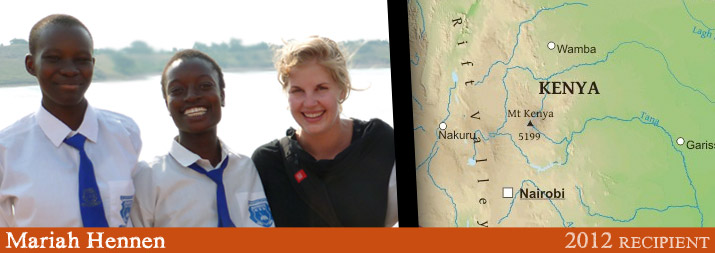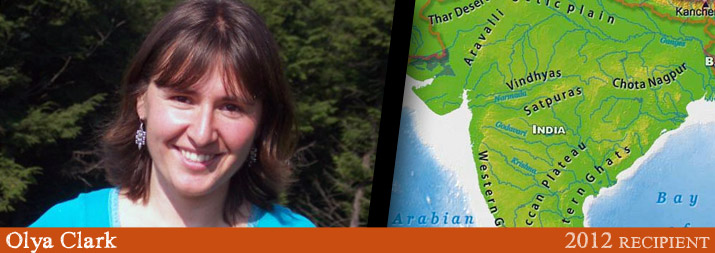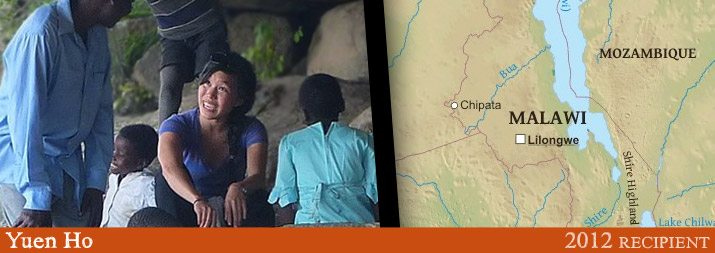Jane Park, .
Here are Jane Park’s travel safety tips:
First off, general safety tips. Register with the American Embassy. You can do this online or by fax. Travel with at least one other person when possible, or at least let people know where you are when you’re out. Plan in advance, including for lodging and transportation. Get a phone (Digicel has an awesome line of cheap phones starting at US$12), make sure it has minutes, and keep important phone numbers on you along with your passport photocopy. Keep up with local news, including during big local holidays/festivities. While I was there, several demonstrations broke out in Port-au-Prince and Carrefour, which affected travel and local safety. There was also a heightened level of security during RaRa, the annual festival in Léogâne.
Now, here are some more specific suggestions. I looked for statistics on the most common reasons for morbidity and mortality among foreigners in Haiti, but because this information was not available, I’m basing these tips on known information and personal anecdotes:
Road traffic accidents
A quick overview of public transportation, focusing on Léogâne, Haiti. For longer distances, buses (the nicest of which are called ‘Obamas’) are super cost-effective and relatively comfortable. The 1.5 hour bus-ride from Léogâne to Port-au-Prince is only 30 gourdes (US$0.80). Then there are the colorful taptaps (or, trucks designed to seat 10+ passengers) that drive designated routes within and between cities. This is the cheapest way to travel, and because there are so many, it is not difficult to find a taptap during daytime hours. For door-to-door service, moto-taxis are ubiquitous, particulary in Léogâne.
That said, the US embassy website discourages use of public transportation, especially in Port-au-Prince. It was not too long ago that security in Haiti was much more unstable, and vehicles were subject to kidnappings and theft. Most international organizations based in Haiti have vehicles to ensure safe transport and internal transportation rules. All forms of transportation have their risks, with the moto-taxis having the highest risk. But unless you have a personal car or plan to do a lot of walking, you will most likely have to take public transportation at some point and in that case, ways to minimize risk:
- When I take the bus from Léogâne to Port au Prince, I make sure that someone knows what time I am leaving and that someone meets me at my destination (which is located in a not-so-nice neighborhood of Port-au-Prince). I always have my phone handy and keep my contact in Port-au-Prince up to date on where I am by phone. I only use the bus during daylight hours.
- I try to exercise discretion when riding tap taps. The minivan tap taps are nicer and feel safer than the open-air tap taps. I don’t take ones that appear overloaded or unsafe (i.e. suspicious noises as vehicles are approaching, if the tires look uneven/worn, etc). And the most common sense piece of advice: Don’t ride on either the roof or on the last seats in the back!
- I would not recommend taking mototaxis unless you have a helmet, and even then, unless it is driver that you or your organization knows well. If you absolutely have to take a moto, don’t take it for long distances, try to use only drivers you trust, and never hesitate to say, “Dousman” (slow down). I kept a list of trusted drivers on my phone.
- Hitchhiking in Haiti is not recommended (!)
Non-motor vehicle accidents
Last summer in Léogâne, a volunteer at a neighboring organization died when he fell off of a roof while intoxicated. Although I didn’t have any serious accidents, I cut my finger badly enough to need a few stitches while cooking during a power outage this January.
- Make sure to have travel insurance
- Bring a basic first aid kit and a sufficient supply of the medications you normally take.
- Have a plan of where to go for medical emergencies and non-emergencies. For example, there are two main hospitals in Léogâne which have different services available. Medecins Sans Frontieres (MSF) takes all urgent cases, including trauma and pregnancy-related. Sainte Croix Hospital and several local clinics handle non-urgent cases, e.g. diarrhea, malaria, mild-moderate dehydration.
- There are lots of bars and lots of alcohol in Haiti, and it’s a common way to decompress among ex-pats. If you’re going to get drunk, make sure someone’s looking out for you and that you’re in a safe environment.
- Money. There are people who will exchange American dollars for you on the streets of Léogâne, but there are also Western Union branches that are better secured and have a better exchange rate. There are also ATMs in Port-au-Prince. It is smart to get a safe ride to and from these locations. If you bring a large sum of cash, lock it up or alternatively, it is easy to open up a bank account if you’re planning to stay for a longer time.
- Be extra careful! Haiti’s medical resources are very limited.
Theft
Risk is overall low, but this depends on your conduct. I had a friend who was attacked while she walked home alone late at night—her purse was stolen and thankfully, she was left physically unharmed. Also, friends next door were robbed 2 months ago. They left their valuables unattended in their home, with guards who were ‘contracted’. The thieves made off with several thousand dollars in laptops, ipods, and cash.
- Safe housing. I stayed at houses that had 24 hour guards. Even if you don’t have guards, you’ll be safer with good locks, good lighting, good neighbors, good access to roads, reliable amenities, protection against the elements (e.g. earthquakes, floods).
- Never, never walk alone home at night. Léogâne has the semblance of a peaceful, sleepy town, but safety should never be taken for granted. When I needed to walk home at night, I always had a friend and my flashlight (conveniently located on my phone).
- Even in the daytime, take care when walking/jogging—depending the situation, partnering up is smart. At the very least, make sure people know where you’re at and carry a phone.
- Keep valuables locked up, including passport, cash, laptops.
- Be kind to your neighbors. People are much more likely to look out for you if they know/respect you. On the flipside, try not to be the ugly American and invite trouble, e.g. flashing wealth, showing disrespect of local culture…
Infection
Gastroenteritis, malaria, respiratory infections, Tuberculosis, Typhoid, sexually transmitted infections— again, most of these are avoidable with proper precautions. But I’ve had friends who contracted typhoid despite having been vaccinated, and friends have gotten malaria despite taking prophylaxis, diarrhea despite good hygiene. That is no reason to grow lax. Definitely, those who take precautions are much less at risk of getting sick.
- Vaccines! Check the CDC website and make an appointment for vaccines at least a month before you go.
- Take appropriate prophylaxis, including for malaria, even if you’re planning to stay for a very short or long time. There is minimal resistance against Chloroquine in Haiti and it’s cheap to buy in Haiti.
- Beware of street food. In Léogâne, there are a plethora of street vendors who sell everything from fried plantanes to fried pork (griot) to potpourri juice (a cocktail of natural fruit and vegetable juices and pasta). Even if food is cooked, dust is ubiquitous. Be careful of eating non-cooked foods and be wary of food that isn’t covered.
- There’s lots of diarrhea in Haiti, and the risk of water-bourne diseases goes up during rainy season. Because of the ongoing cholera epidemic in Haiti, there is a relatively high level of awareness and water hygiene. You will find plenty of vendors selling plastic baggies and bottles of treated water, which are generally safe. You already know to drink only boiled or treated water. Know that you can also get chlorine or aquatabs in Haiti. At the house where I stayed, we added chlorine to our water at the point of use, despite the fact that the well water went through a sand filter before being pumped into the house.
- Bring a bednet or make sure that the place you will be staying has bednets. They’re not as easy to come by as you’d think.
- If you’re doing any medical work, make sure to bring some fitted N95 masks to protect yourself against tuberculosis.
- For all kinds of reasons, sex is not something to take lightly in Haiti.
One other note: You will frequently encounter kids and adults who will ask for (or, rather demand, as is the language/culture) money or a personal item. Try to keep perspective and not let it get to you. Most of the time, if you respond with humor or a “Pa genyen” (I don’t have), you’ll meet with a simple shrug or reciprocal humor.

